Search Papers
5 papers
LEARNERS’ INSIGHTS INTO CRYPTOCURRENCY: A CASE STUDY FROM HO CHI MINH CITY – VIETNAM
Dang Thi My Dung, Dang Nhu Quynh, Vo Nhu Minh Quan, Phan Thi Ha Phuong, Pham Truong Uyen Thy
ABSTRACT
The world’s financial market has recently suffered from many fluctuations due to currency changes and the crisis, especially after the bank collapsed in the United States, cryptocurrencies have become one of the leading choices made by many investors in the world. It is undoubted that the development of cryptocurrency is an inevitable trend in society's future. In that context, updating knowledge about the general development trend of the financial market as well as about the cryptocurrency system is indispensable for everyone, especially young people - the generation that holds the global economy's future. Therefore, it is urgent to present and educate the cryptocurrency framework to college students. If there is no action taken, economics instructors will run the risk their students are left back in this flourishing and endlessly changeable economy. To start the educational story about cryptocurrency, it is crucial to define the measurements of students' awareness about the medium ahead of teaching-related materials.
The data of the study are collected from 355 survey samples conducted by students in Ho Chi Minh City. The survey consists of 15 questions using various scales, designed by the researchers and using MS Excel 2016 for quantitative analysis, including using percentages, frequencies. The results show that the students' awareness is still low despite the significance of knowing about cryptocurrency. But they are also gradually realizing the necessity of things and are willing to improve their own knowledge of this aspect.
Keywords: education, cryptocurrencies, students’ perceptions
The 5S approach is one of the strategies that can assist organizations, corporations, and educational institutions boost production and working efficiency. The Training Department - Thu Dau Mot University has used and implemented this strategy to create a clean and tidy working environment in which personnel can handle professional work and systematic archival records. This article presents the theoretical basis of the 5S method, the application process, and the results of implementing this method in the management of training at Thu Dau Mot University. Based on the approach to 5S principles, implementation steps according to the PDCD quality cycle, and practical implementation at the Training Department. The outcomes benefited the department by increasing work management efficiency without spending too much money. If 5S is adopted and reproduced in all functional departments and specialized units, it will generate a high-quality cultural environment that will strengthen the university's market position.
This study deals with the stiffness design of geometrically nonlinear structures using
topology optimization. Bi-directional Evolutionary Structures Optimization (BESO) is
employed to implement the design process. The geometrically nonlinear behavior of the
structures are modeled using a total Lagrangian finite element formulation and the
equilibrium is found using a Newton-Raphson iterative scheme. The topology optimization
of linear and nonlinear modeling are implemented. The sensitivity of the objective function
is found with the adjoint method and the optimization problem is solved using BESO’s update method. Objective function of complementary work is evaluated. A special technique called the continuation method is applied to solve the instability of nonlinear structure optimization. ANSYS APDL is also used to do FEA of optimal topology to verify the effectiveness of geometrically nonlinear modelling. The results show that differences in stiffness of structures optimized using linear and nonlinear modelling is generally small but it can be large in some cases, especially structure highly involving buckling behaviour.
Determine the parameters of PID algorithm in liquid level control controlled by PLC s7 1500 using 3d virtual reality model
Pham Hong Thanh, Nguyen Thanh Doan
It is very common to stabilize the preset value (Wanted value) of analog signals such as temperature, pressure, weight, flow, speed in automatic control. However, these control objects often have some problems such as overshooting, taking a long time to bring the system to a steady value, and large errors. One of the most used systems to overcome these problems is the PID, which is a preset stabilizing system with a quick function that returns the system to the set value in a short time without overshooting. error is close to zero. However, determining the scale parameters Ki, integral Kp, and differential Kd for the system to work optimally is a problem that needs to be studied. This paper presents how to accurately determine differential, integral, and scale coefficients according to 3D virtual reality model. Used a lot in simulation modeling for training and practical applications.
Building the environmental performance index for industrial parks
Phong Tran, Thuy Nguyen Thi Thanh, Pham Quoc Khanh, Than Nguyen Hien
Measuring environmental protection activities is a matter of great concern over the years. In this study, the indicators for evaluating environmental protection activities in industrial parks was built according to the PDSIR model and based on Vietnam's legal framework, including 18 main subjects and 35 indicators. The environmental performance index of industrial park (EPIIP) was established based on the multi-criteria evaluation method and the analytic hierarchy process method. The results of the study indicated that the VSIP I industrial park reached 68.95 points (relatively good level). Moreover, the results also showed that VSIP I was one of the industrial parks practicing good performance to protect environmental problems.
Publication Information
Publisher
Thu Dau Mot University, Viet Nam
Honorary Editor-in-Chief and Chairman of the Editorial Board

Assoc. Prof. Nguyen Van Hiep
Deputy Editor-in-Chief

PhD. Trần Hạnh Minh Phương
Thu Dau Mot University
Thu Dau Mot University
Editorial Board
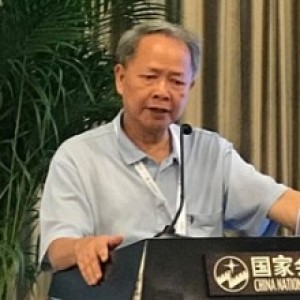
Prof. Tran Van Doan
Fujen University, Taiwan
Fujen University, Taiwan

Prof. Zafar Uddin Ahmed
Vietnam National University Ho Chi Minh City
Vietnam National University Ho Chi Minh City

Prof.Dr. Phillip G.Cerny
The University of Manchester, United Kingdom
The University of Manchester, United Kingdom
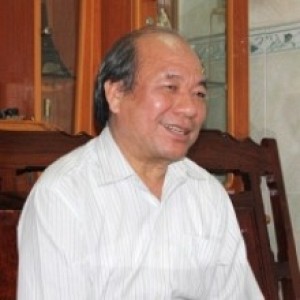
Prof. Ngo Van Le
University of Social Sciences and Humanities (VNU-HCM)
University of Social Sciences and Humanities (VNU-HCM)

Prof. Bui The Cuong
Southern Institute of Social Sciences
Southern Institute of Social Sciences
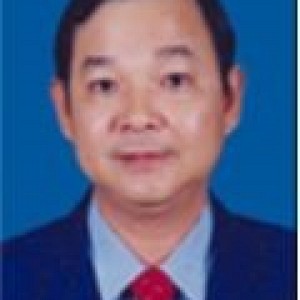
Prof. Le Quang Tri
Can Tho University
Can Tho University

Assoc. Prof. Nguyen Van Duc
Animal Husbandry Association of Vietnam
Animal Husbandry Association of Vietnam

Assoc. Prof. Ted Yuchung Liu
National Pingtung University, Taiwan
National Pingtung University, Taiwan

PhD. Anita Doraisami
Economics Monash University, Australia
Economics Monash University, Australia

Prof. Dr. Andrew Seddon
Asia Pacific University of Technology & innovation (APU)
Asia Pacific University of Technology & innovation (APU)
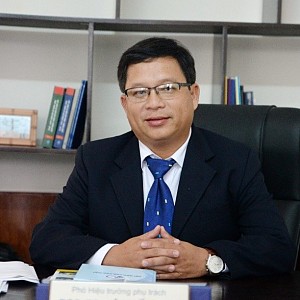
Assoc. Prof. Le Tuan Anh
Thu Dau Mot University
Thu Dau Mot University

Prof. Abtar Darshan Singh
Asia Pacific University, Malaysia
Asia Pacific University, Malaysia

Prof.Dr. Ron W.Edwards
The University of Melbourne, Australia
The University of Melbourne, Australia
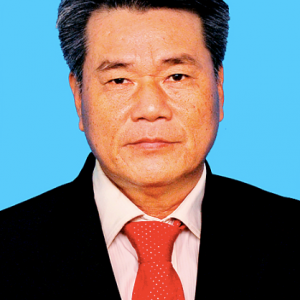
Assoc. Prof. Hoang Xuan Nien
Thu Dau Mot University
Thu Dau Mot University
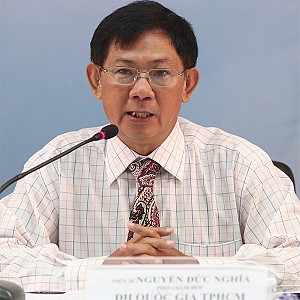
PhD. Nguyen Duc Nghia
Vietnam National University Ho Chi Minh City
Vietnam National University Ho Chi Minh City
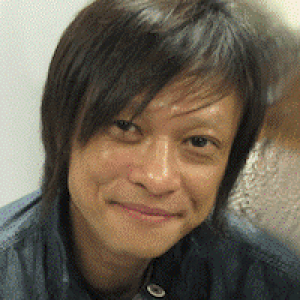
PhD. Bao Dat
Monash University (Australia)
Monash University (Australia)

PhD. Raqib Chowdhury
Monash University (Australia)
Monash University (Australia)

PhD. Nguyen Hoang Tuan
Thu Dau Mot University
Thu Dau Mot University

PhD. Nguyen Thi Lien Thuong
Thu Dau Mot University
Thu Dau Mot University
Assistant

Nguyen Thi Man
Thu Dau Mot University
Thu Dau Mot University

